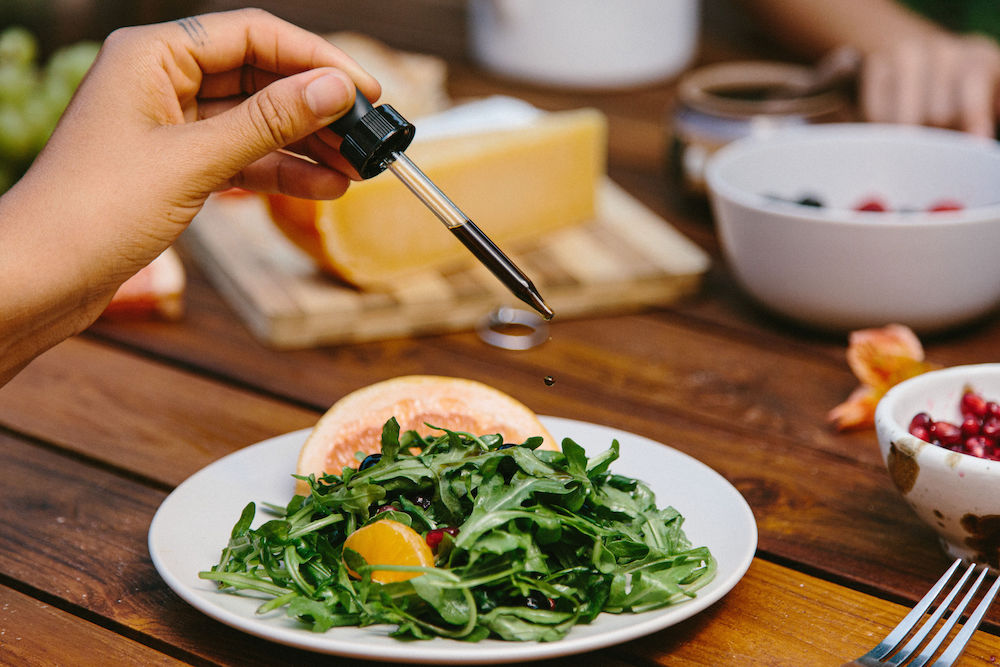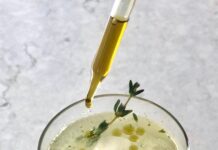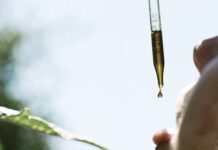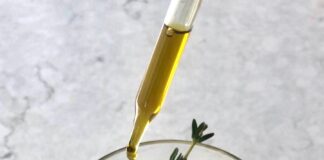The ONDA Difference: Whole Hemp Infusion VS. Full & Broad Spectrum CBD
As CBD products continue to flood the new sector of the beauty and wellness industries, being equipped with the ability to decide what’s what is more relevant than ever. If you want a great experience with CBD – and save yourself some money and hassle by avoiding ineffective products – you need to understand some industry lingo to help navigate what products are safe, effective, and purchase-worthy.
The terms you see on the market, such as “Whole Plant,” “Full Spectrum,” and “Broad Spectrum,” are universally used industry terms. Do note these terms are not scientific or third-party regulated (think FDA, USDA, and FSIS for standardized food labeling) Since the cannabis and CBD industries are still in their infancy, these factors call for gray areas and oftentimes misleading statements. To help you through, Today we breakdown some of the most used CBD terms.
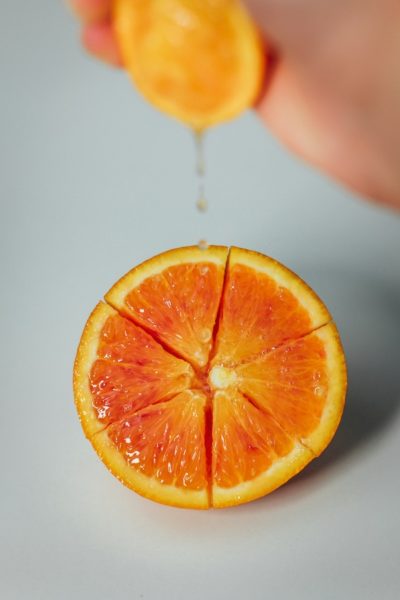
To really grasp these terms, we’re going to use an orange as our analogy. Imagine that you have a fully ripe, juicy, ready to eat orange. This fruit will be our juicy hemp flower!
Hemp is the legal term used for any cannabis that contains ≤ 0.3% THC (tetrahydrocannabinol), an often abundant phytocannabinoid found in female cannabis. Hemp can be a male plant harvested for its fibers and seeds and a female plant harvested for its cannabinoid-rich flowers.
In our orange analogy, the female hemp plant is equivalent to our orange tree; the hemp flowers are comparable to our fruit.
CBD is short for cannabidiol, an abundant non-intoxicating molecule found in hemp plants that work on the endogenous endocannabinoid system (ECS). By working on the endocannabinoid system, CBD has been shown effective in treating epilepsy, anxiety, chronic pain, and inflammation.
Our analogy considers the CBD to be equivalent to the vitamin C of our orange.
THC is short for tetrahydrocannabinol, the most abundant, psychoactive and intoxicating cannabinoid found in cannabis plants. THC binds directly to the endocannabinoid system, regulating pain, appetite, sleep, and one’s ability to forget.
Let’s entertain ourselves by comparing THC to the calcium found in oranges, the second most abundant micronutrient of this particular fruit.

What is “Spectrum” in Full and Broad Spectrum referring to?
WeedMaps defines Spectrum as the term used to describe the “range of compounds produced by the cannabis plant’s trichome glands that can potentially produce therapeutic effects.” In cannabis context, Spectrum is referring to the range of cannabinoids, terpenes, and flavonoids that are produced in the flower’s trichome glands.
Full Spectrum is a well-known term you will find on labels across the CBD market. “Full Spectrum” refers to the full range of compounds that are produced within the trichome gland.
The Full Spectrum of the orange would be all the bio-active ingredients that interact and benefit our physiology, minus the actual juice (or carrier). So this would include vitamin C, vitamin A, calcium, thiamin, riboflavin, niacin, vitamin B-6, folate, pantothenic acid, phosphorus, magnesium, manganese, calcium, selenium, and copper.
Broad Spectrum is another excellent market term that also refers to the chemistry of the trichomes of the hemp flower; the cannabinoid, terpenoid, and flavonoid profiles that the product kept intact during the extraction process.
In industry terms, Broad Spectrum implies that the tetrahydrocannabinol (THC) has been removed. This allows consumers the assurance that the product contains zero amounts of THC. It’s important to note that broad-spectrum products can also be a mixture of added terpenoid and cannabinoid isolates. An example would be to add terpenes like linalool or pinene, or cannabinoids like CBD or CBG. This is similar to enriched bread, removing vital compounds and reintroducing them.
In our analogy, this would be much like the Full Spectrum of the orange minus significant components like the calcium, niacin, and magnesium, while adding elements in like limonene.
Whole Hemp CBD (Beyond Full Spectrum)
Just like with whole food nutrition versus consuming enriched bread or vitamin supplements, CBD is more effective when working in synergy with the rest of the hemp plant.
To further explain, the whole plant of “Whole Plant CBD” refers to the infusion process of this particular molecule. This infusion process – that is, pulling the plant from the hemp fibers into a carrier oil – still contains the other healthful cannabinoids like CBG, CBN, THC, as well as the natural range of beneficial terpenes, flavonoids, antioxidant-rich chlorophyll, polyphenols, amino acids, and other healthy fatty acids. True Whole Hemp CBD should have a deep green color and flavorful, citrusy and earthy taste.
In our analogy, the whole plant of the orange would be the entire fruit minus the fiber. So a luscious, fresh-squeezed orange juice. If we want to go even further, we’d be including the tree leaves and branches, too… but that doesn’t sound so appetizing with an orange tree!
We mean it when we say you can see the difference in the green. Our ONDA infusions are packed with the entire hemp plant, from start to finish. So you can be sure our products contain beyond the Full Spectrum of cannabinoids, terpenoids, flavonoids, and the chlorophyll, antioxidants, and polyphenols that are found in the cannabis plant’s natural state. This makes our CBD products a true superfood!

